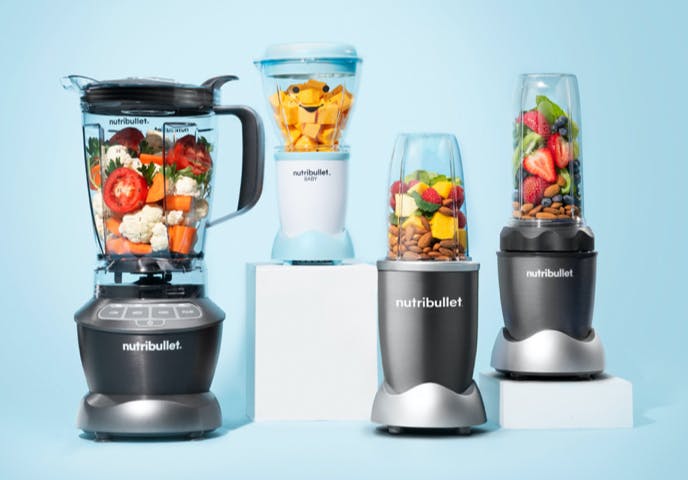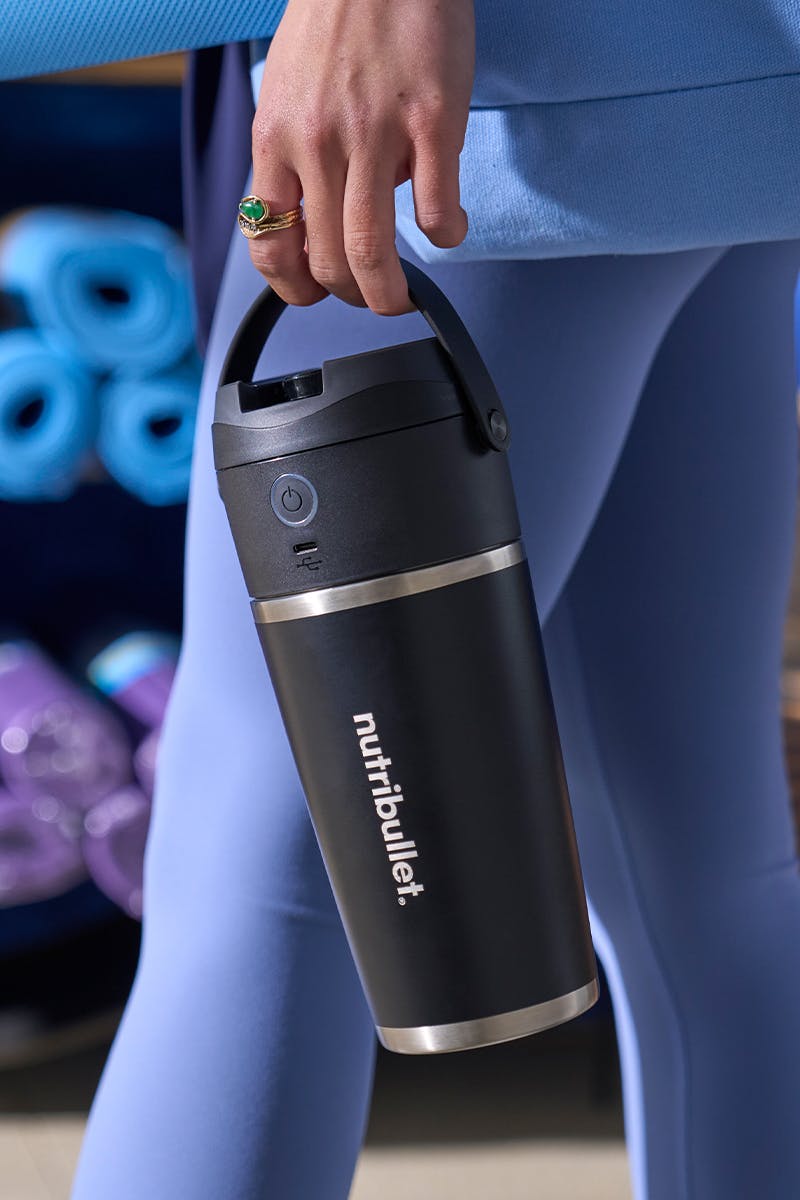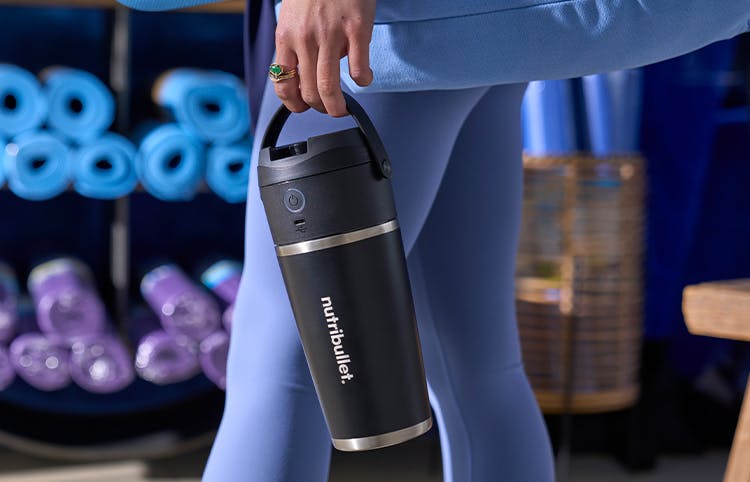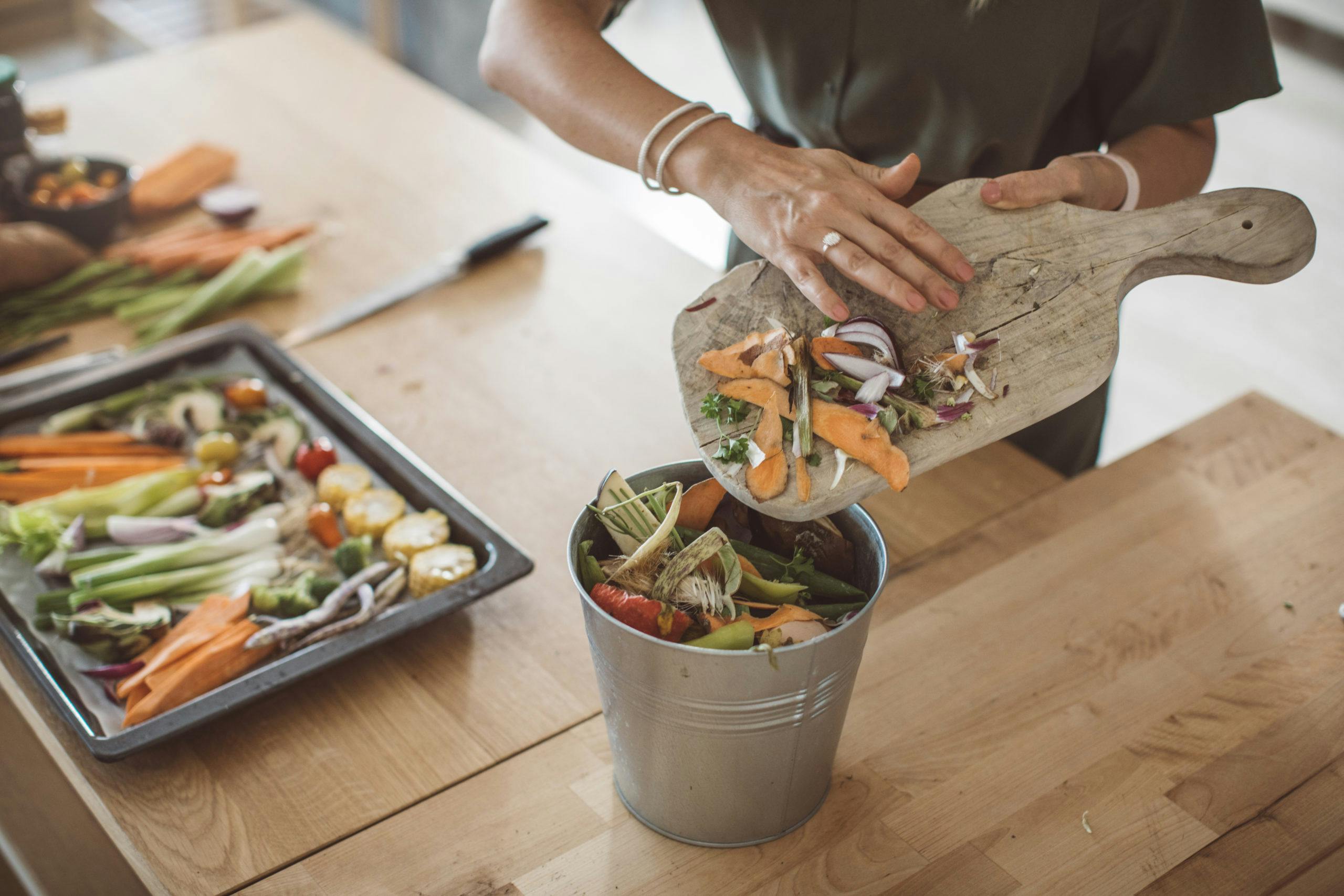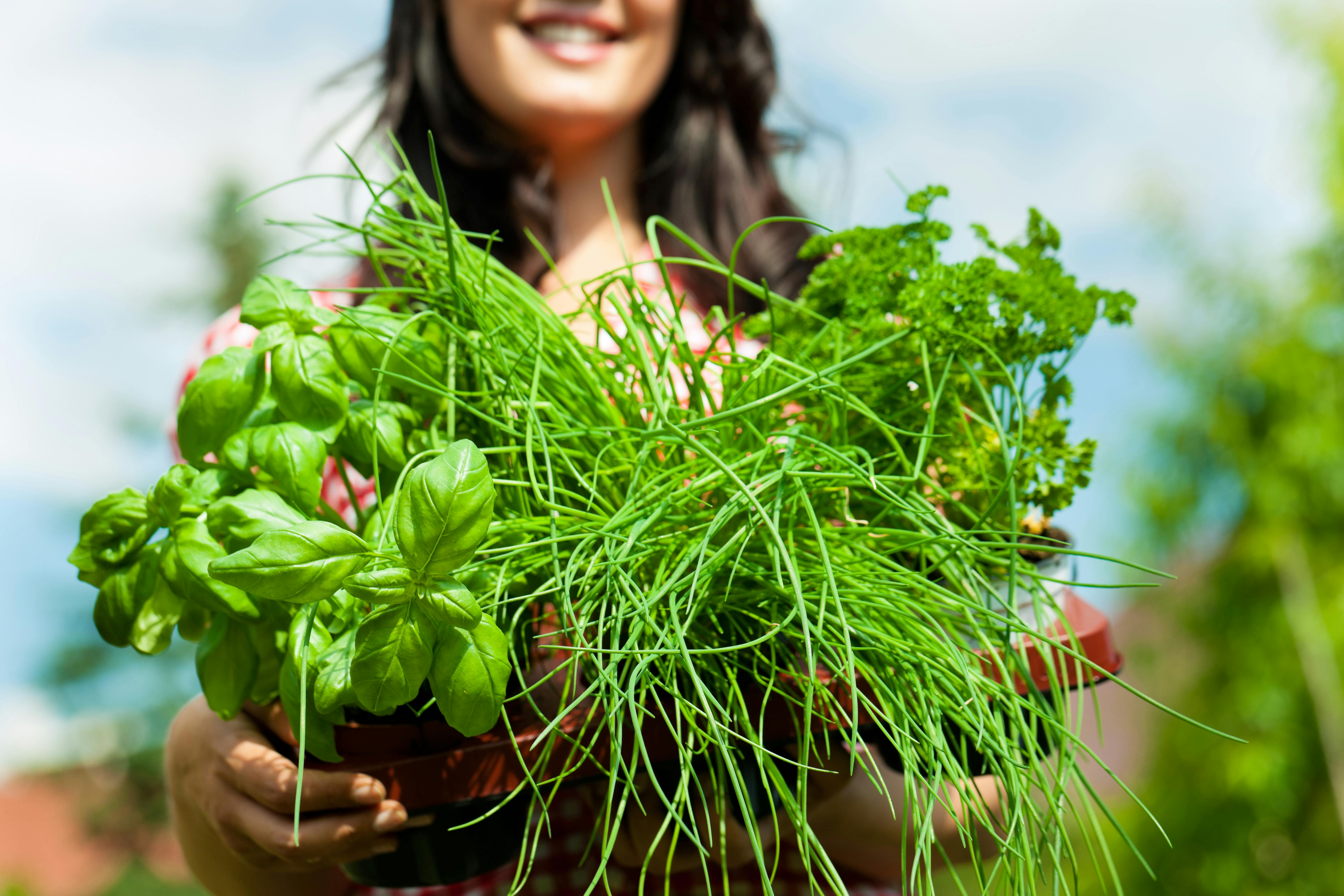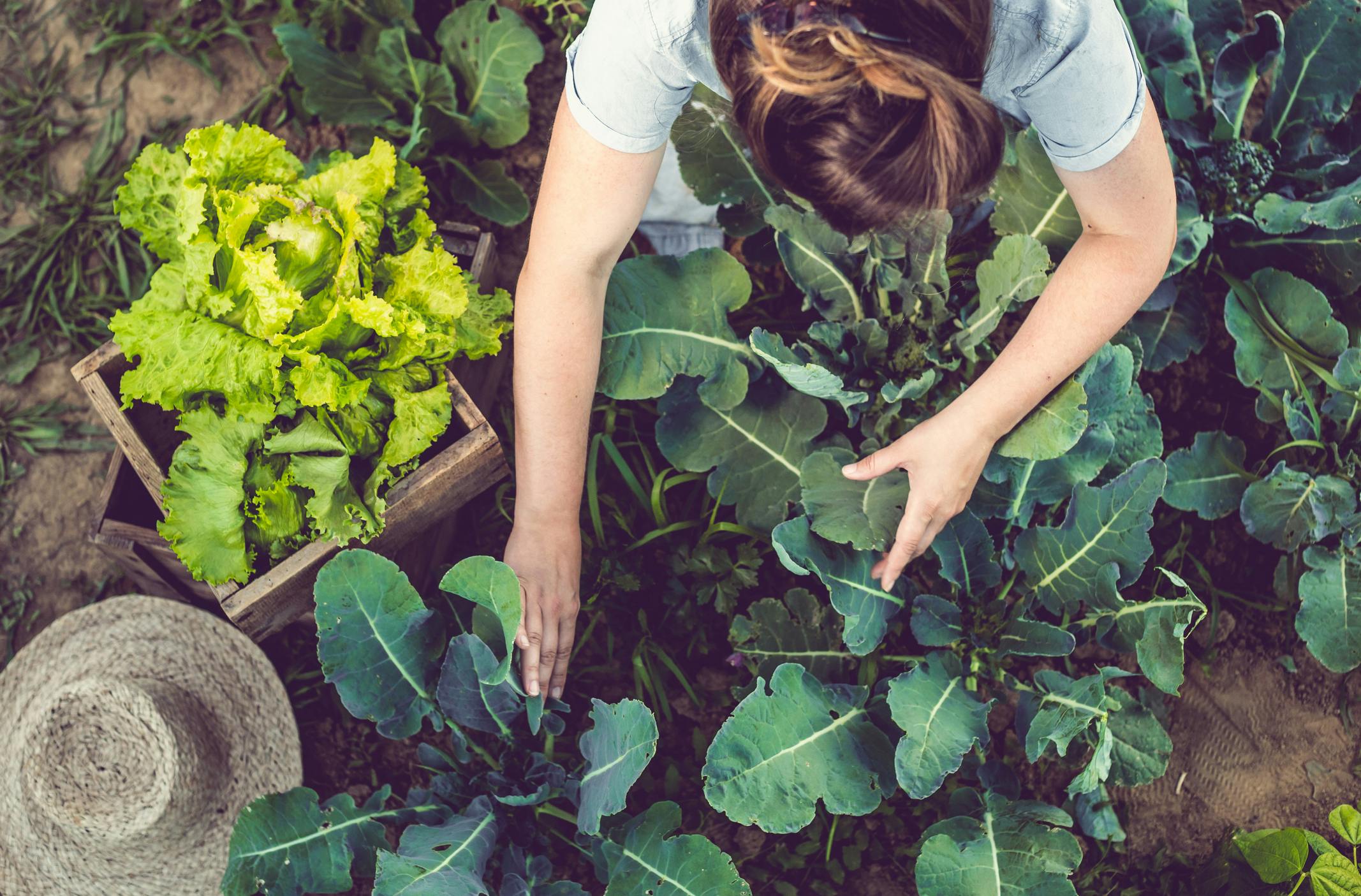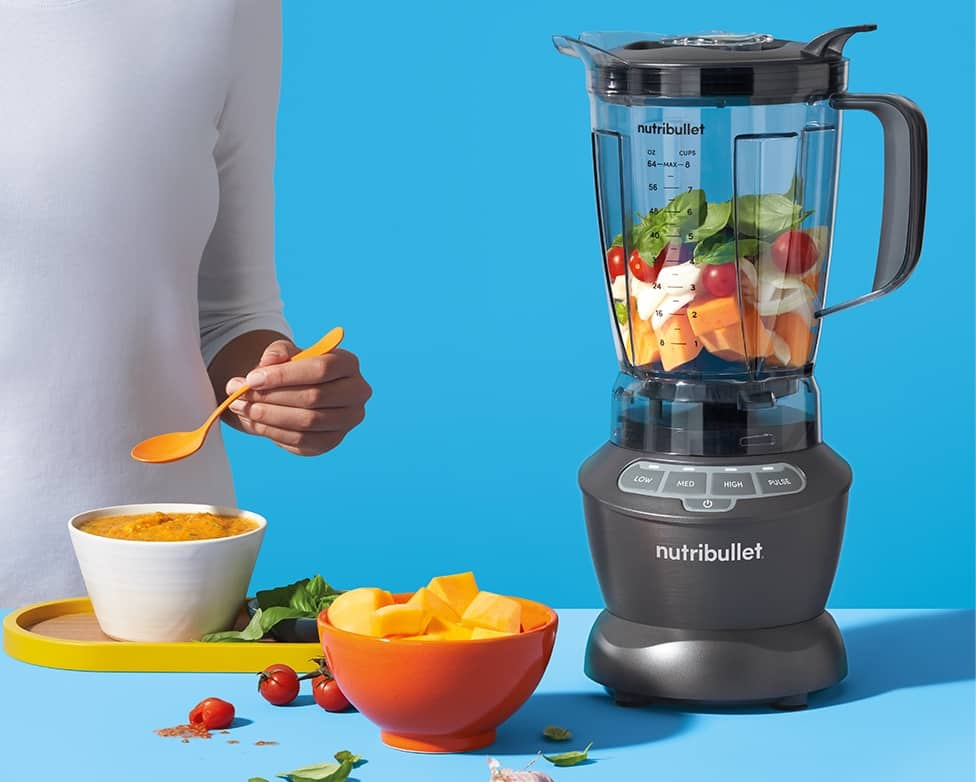It’s a question we all must contend with: how do we waste less food at home?
Despite our best efforts, we, on average end up throwing out up to 40 percent of the food we buy. More food is wasted in our homes than any other part of the supply chain, with consumers wasting more food than restaurants and grocery stores combined.
According to the National Resources Defense Council, “each year, the average family of four wastes an average of 1,000 pounds of food at home, resulting in at least $1,500 lost.” This means that, individually, we each toss out over 20 pounds of food every month. Not only does this impact our household budget, but it also has a huge impact on our environment. Wasted food equates to wasted water, energy, production, land use, added transportation emissions, and labor.
So how do we make sure those foods that end up in the back of our fridge make it onto our plates? Becoming more conscientious about how we buy, store, and prepare our food can have a major impact on how much we waste.
Let’s take a look at some tips to better plan, store, and eat our foods.
- Making a plan – Products in grocery stores are designed to unconsciously trigger us into purchase things we don’t need. To avoid buying excess food, go to the store with a plan, and try to stick to it. If it’s possible, try going to the store only when necessary to avoid overstocking your fridge. This will help you stick to things you need and keep foods fresh. Try this Meal Prep Mate to find out exactly how much food you need to buy.
- Imperfect foods – Shoppers often overlook foods that are oddly shaped or “abnormally” sized. However, these foods are just as edible and nutritious as their “standard” counterparts! These foods are often priced more cheaply, and no one will notice their quirky appearance once they’re blended up in smoothies or dips or cooked up in a stir-fry. This Avocado Pesto is a great way to use excess greens and herbs!
- The best storage – Learning how to properly stock and store items in your fridge will help you keep them fresher, longer. Make sure your refrigerator has a thermometer to keep track of proper temperatures. To make sure foods last longer, keep the temperature at 40 Fahrenheit or lower. Upper shelves tend to be warmer, so that’s the best place to store drinks or leftovers. The lower shelf is usually the coldest, making it the best area for meats, seafood, and other proteins. This article is full of great information about how long things last and how best to store your favorite foods.
- Using the freezer – The freezer is a perfect place to extend the life of unused fruits or vegetables. With a little prep, frozen goodies can stay usable for months. Try storing chopped produce in reusable freezer-safe bags or storing blended greens in ice cube trays to boost the green content of your next smoothie. This Nice Cream, is delicious frozen treat that puts overripe bananas to excellent use.
- Remixing leftovers – Making sure you eat your leftovers can help reduce clutter and waste. Whether you meal-prepped for the week or have leftovers from a restaurant, start by labeling the containers with a date to keep track of how long you’ve had them. Having a ready-made meal in the freezer for a later date can help on a busy night or make for a great grab-and-go lunch.
For more ways to reduce food waste and transform your fridge, visit https://savethefood.com/ to change the way you think about food.










